Freshwater ecosystems often host species found nowhere else in the world. Isolated river systems, in particular, are home to a wide variety of unique species that have adapted to their environments in remarkable ways. Below is a look at some of the most fascinating freshwater species living in isolated rivers.
Siberian Taimen (Hucho taimen)

Siberian Taimen, the largest salmonid in the world, inhabits the cold, fast-flowing rivers of Siberia and Mongolia. This apex predator can grow over two meters long and weigh up to 100 kilograms. Its diet consists mainly of fish, but it has been known to prey on mammals and birds. The Taimen is highly valued by anglers due to its size and strength. Sadly, its population is under threat from habitat destruction and overfishing.
Congo Tetra (Phenacogrammus interruptus)

The Congo Tetra is a colorful freshwater fish native to the Congo River Basin. Its shimmering, iridescent scales and flowing fins make it a popular aquarium species. Growing up to 8.5 centimeters in length, it prefers slow-moving waters filled with dense vegetation. The Congo Tetra feeds on small insects, plants, and plankton. Its striking appearance and peaceful nature have made it a favorite among fish enthusiasts.
Freshwater Blenny (Salaria fluviatilis)
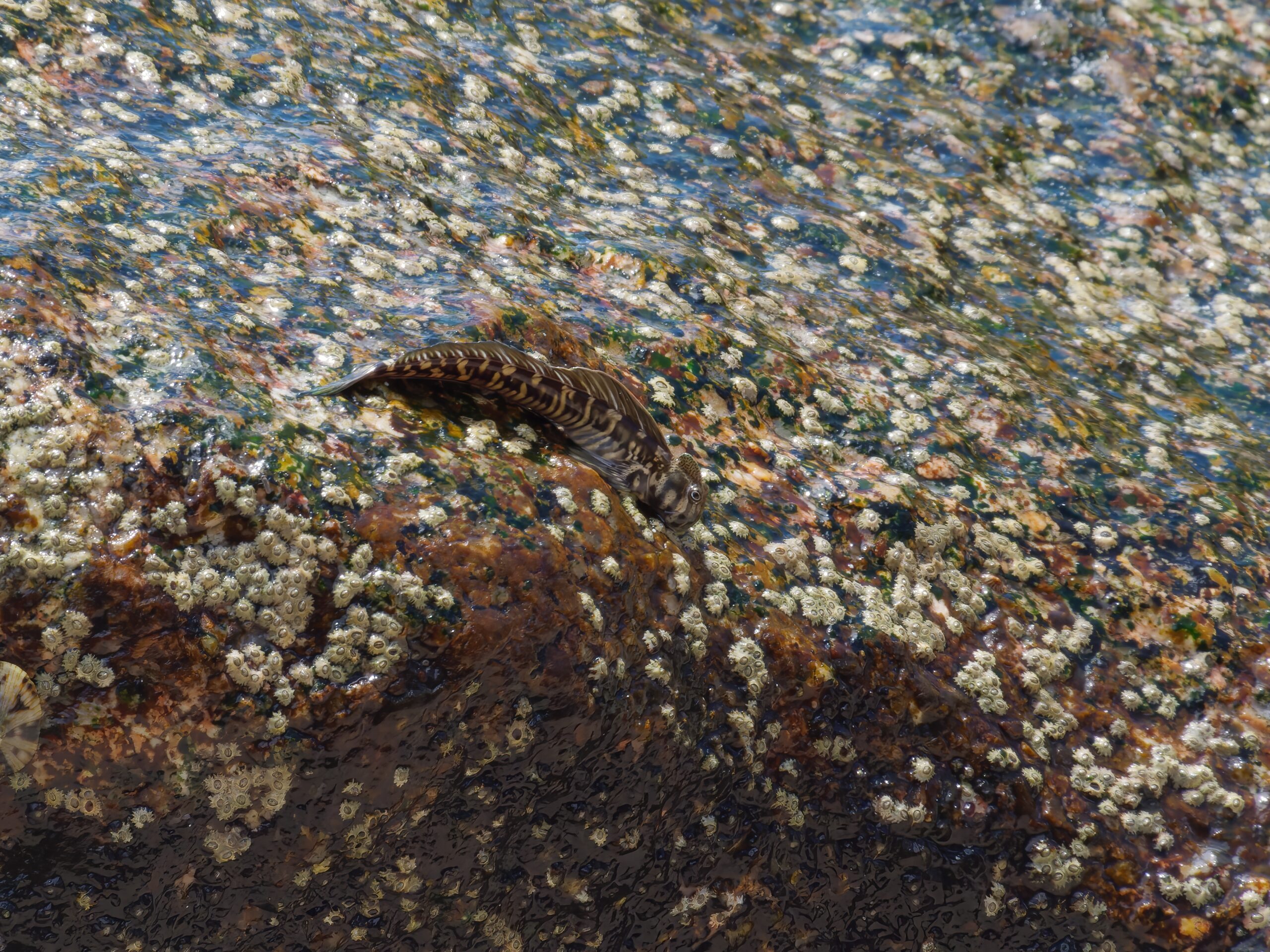
The Freshwater Blenny is a small, hardy fish that thrives in the rivers and streams of southern Europe and North Africa. It has a cylindrical body, measuring about 10 centimeters long, with a distinctive pattern of stripes. This fish feeds on algae and small invertebrates, scraping them from rocks with its specialized mouth. Its ability to adapt to fluctuating water conditions makes it a resilient species in its habitat.
Zambezi Shark (Carcharhinus leucas)

The Zambezi Shark, commonly known as the Bull Shark, is one of the few shark species that can thrive in both saltwater and freshwater environments. Found in the Zambezi River and other inland rivers, it can reach up to 3.5 meters in length. This aggressive predator is known for its unpredictable nature and ability to swim long distances upstream. It preys on fish, turtles, and small mammals, making it a top predator in its environment.
Russian Sturgeon (Acipenser gueldenstaedtii)

The Russian Sturgeon is a large, ancient fish native to the river systems of Eastern Europe, particularly the Volga and Danube rivers. It can grow up to two meters long and is known for its elongated body covered with bony scutes. This species primarily feeds on benthic invertebrates, using its sensitive barbels to detect prey in muddy river bottoms. Overfishing and dam construction have drastically reduced its numbers, making it critically endangered.
Lake Titicaca Water Frog (Telmatobius culeus)
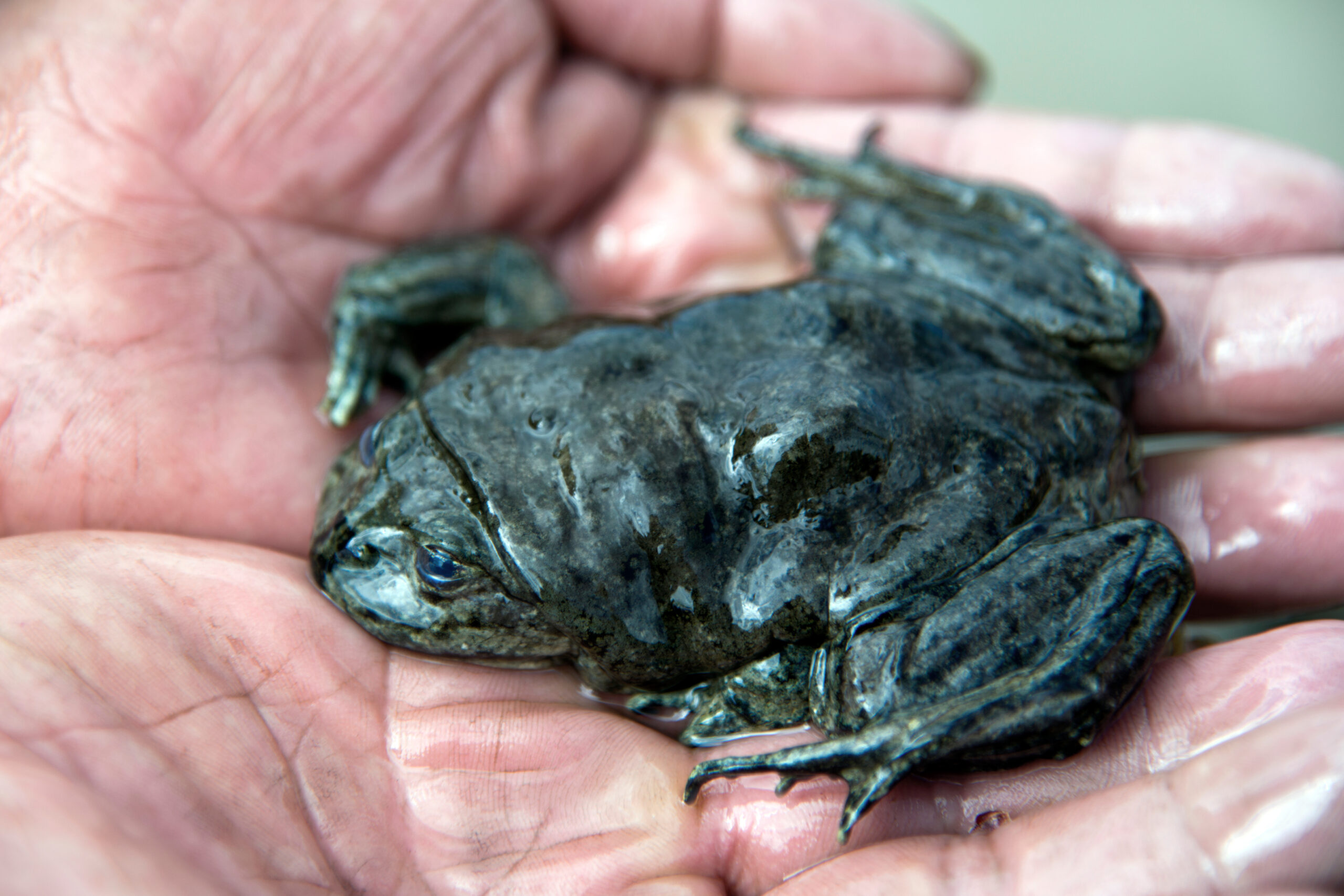
The Lake Titicaca Water Frog is a unique amphibian found only in Lake Titicaca, located in the Andes mountains between Peru and Bolivia. Its wrinkled, loose skin is highly vascularized, allowing it to absorb oxygen directly from the water. This frog can grow up to 14 centimeters long and lives its entire life underwater. It feeds on small aquatic invertebrates and algae, playing an essential role in maintaining the lake’s ecosystem.
Golden Mahseer (Tor putitora)
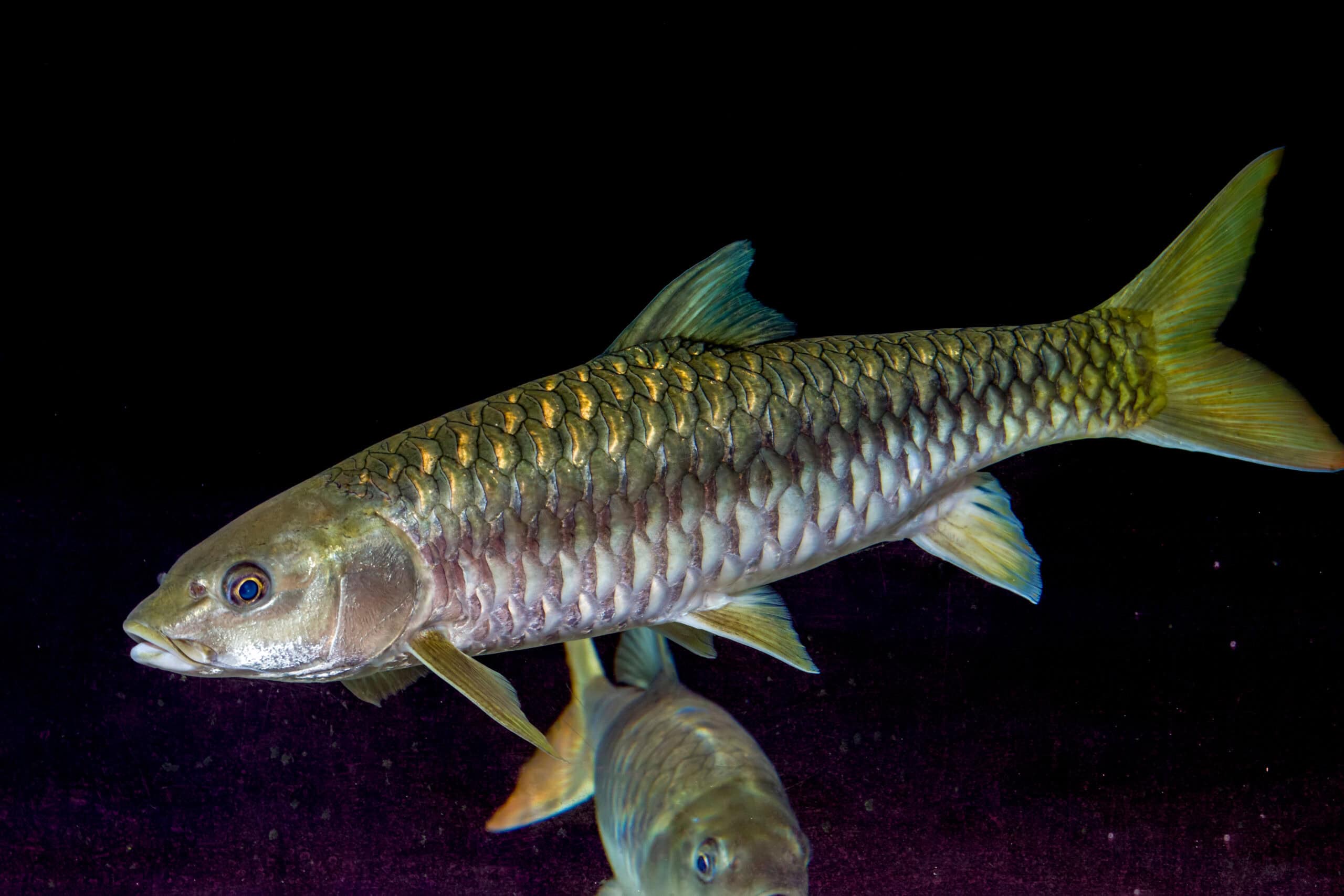
The Golden Mahseer is a prized freshwater fish found in South Asia’s fast-flowing rivers. Known for its shimmering golden scales, it can grow up to 2.7 meters in length. This species is an omnivore, feeding on everything from algae to small fish and crustaceans. It is a favorite among anglers due to its strength and fighting spirit. Sadly, its population is declining due to habitat loss and overfishing.
Black Ghost Knifefish (Apteronotus albifrons)

The Black Ghost Knifefish is a unique species native to the rivers of South America. It has an elongated, eel-like body and moves gracefully through the water, often in dark or murky conditions. This fish uses electrical signals to communicate and navigate its surroundings, making it highly specialized for its habitat. It primarily feeds on small fish and insects, using its keen sense of electric field detection.
Australian Lungfish (Neoceratodus forsteri)
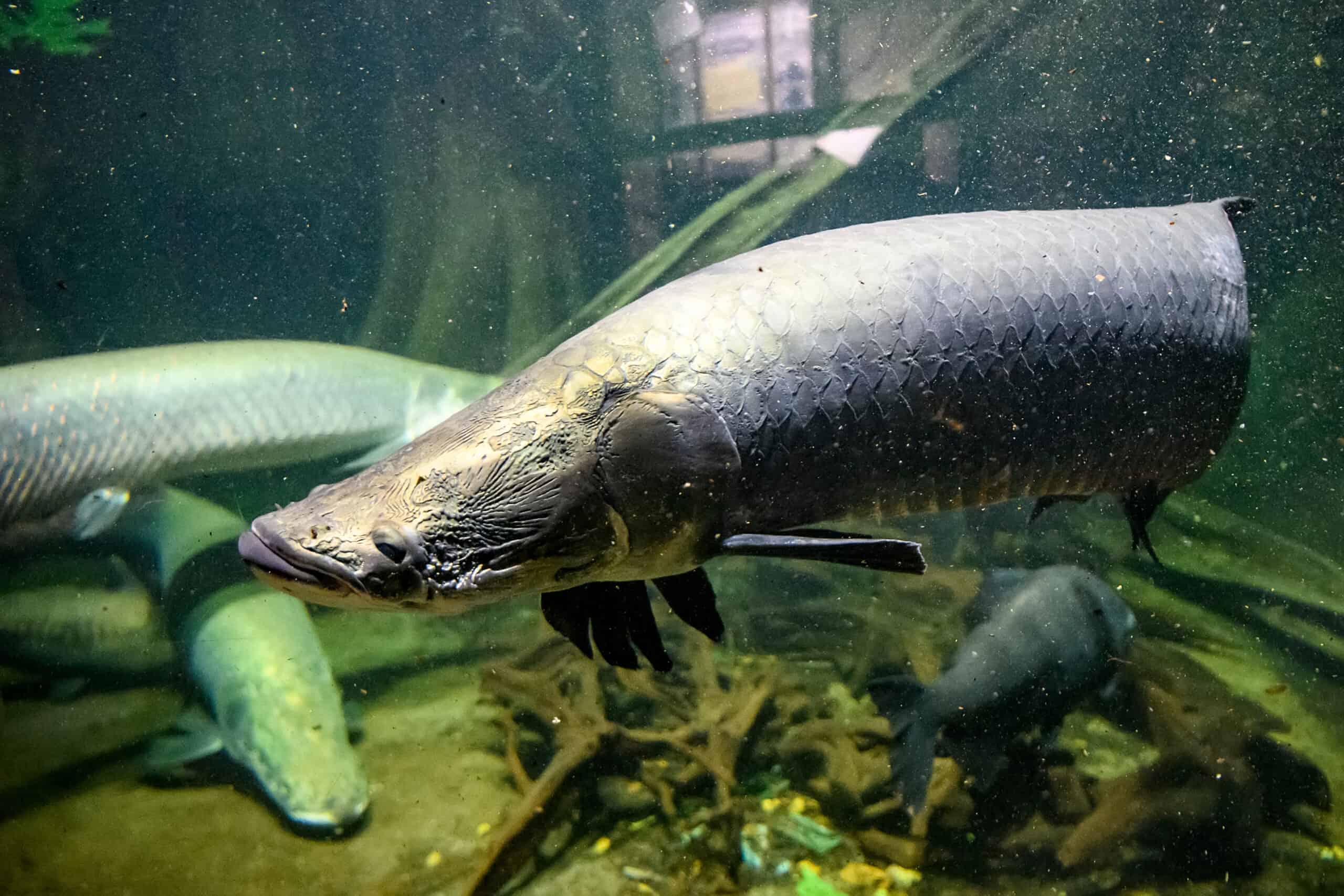
The Australian Lungfish is a living fossil, with a lineage that dates back over 100 million years. Found in slow-moving rivers and lagoons in Queensland, Australia, it has both lungs and gills, allowing it to survive in low-oxygen environments. This species can grow over a meter in length and has a thick, muscular body. It feeds on crustaceans, mollusks, and plant material, occasionally surfacing to gulp air.
Freshwater Sawfish (Pristis microdon)
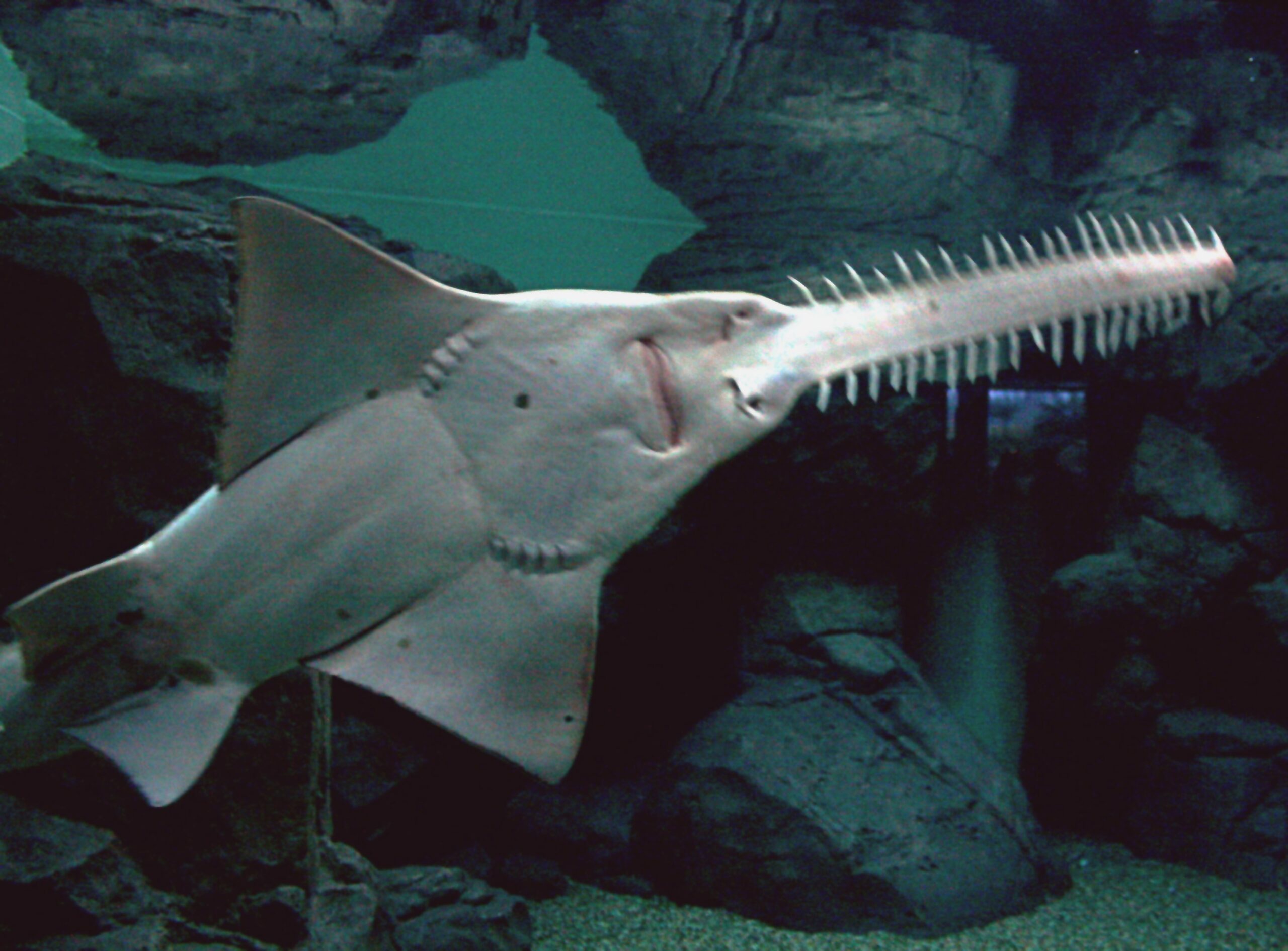
The Freshwater Sawfish, with its distinct long, saw-like snout, is one of the most remarkable creatures found in tropical river systems. It can reach up to seven meters in length and is known for its ability to live in both freshwater and marine environments. This sawfish uses its snout to stun and capture fish, which it then feeds on. Due to habitat loss and overfishing, it is critically endangered.
Arapaima (Arapaima gigas)
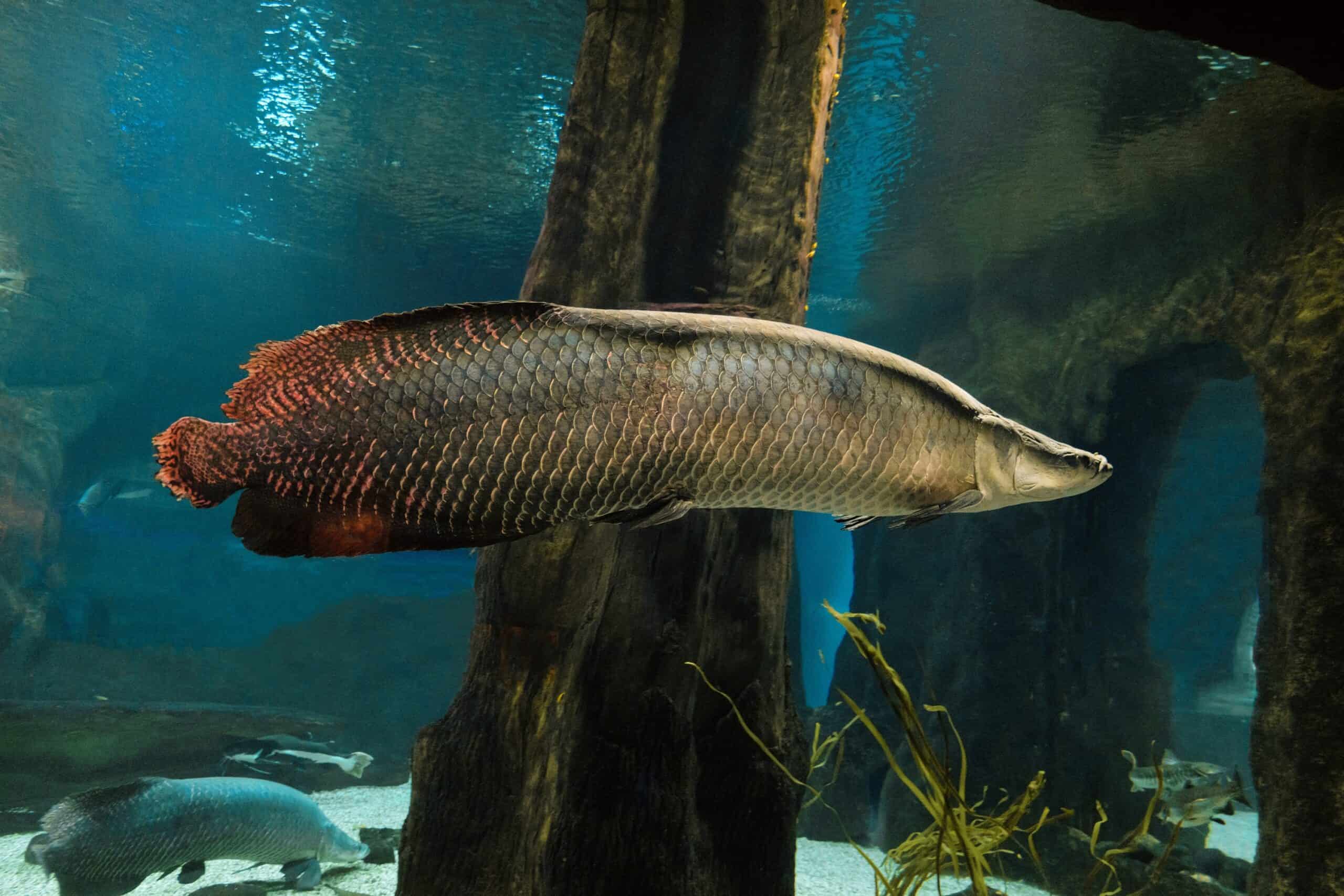
The Arapaima is one of the largest freshwater fish, inhabiting the Amazon River Basin. It can grow up to three meters long and weigh over 200 kilograms. This species is known for its ability to breathe air, surfacing regularly to gulp oxygen. Its diet consists mainly of fish, but it also preys on small mammals and birds. The Arapaima is a crucial part of its ecosystem, but overfishing threatens its survival.
Devil’s Hole Pupfish (Cyprinodon diabolis)
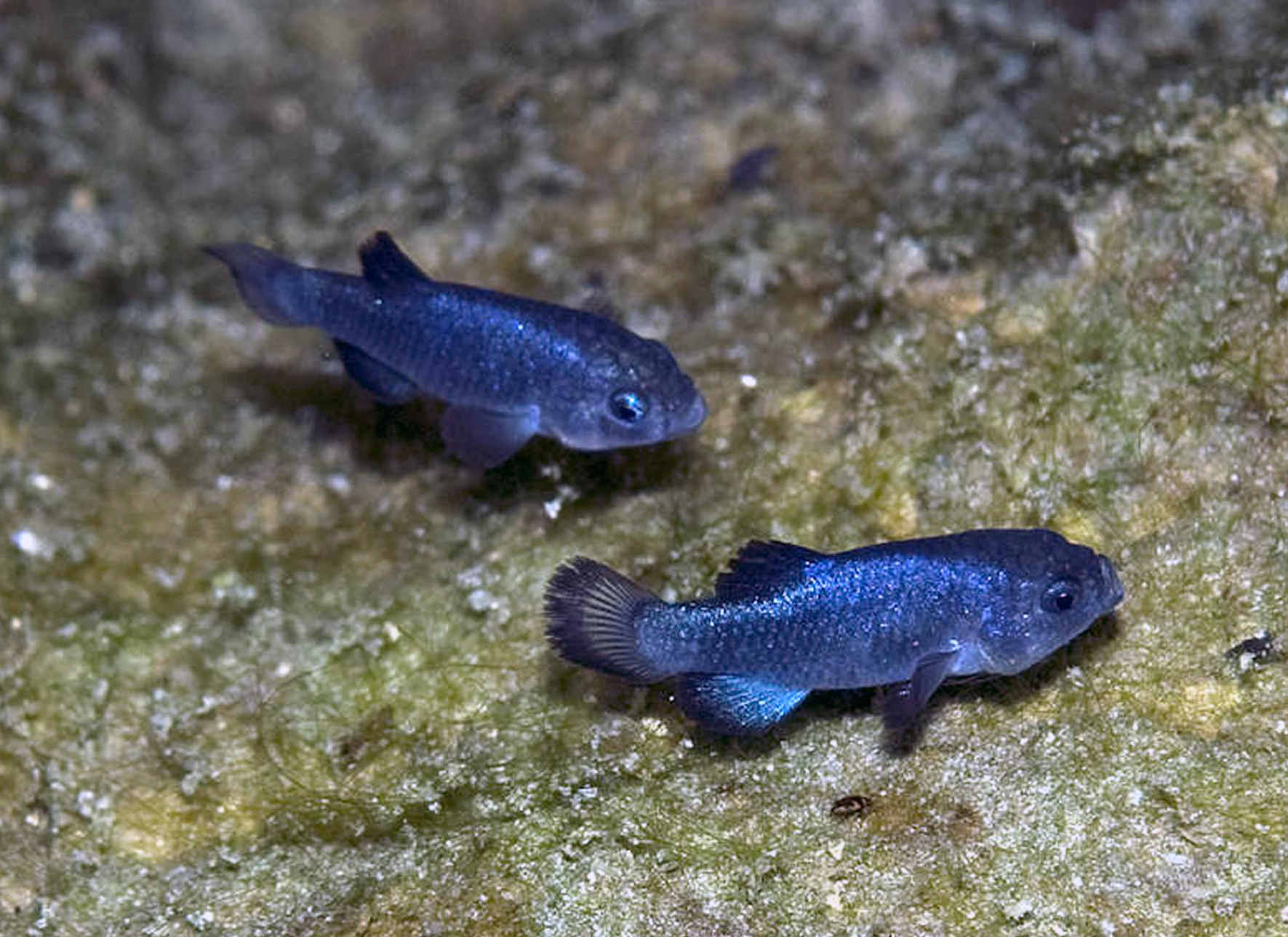
The Devil’s Hole Pupfish is one of the rarest fish in the world, found only in a small, isolated spring in Nevada, USA. It is a small, blue-hued fish, measuring just about 2 centimeters in length. This species thrives in the warm, oxygen-poor waters of Devil’s Hole, where few other animals can survive. It feeds primarily on algae and is critically endangered due to its extremely limited habitat.
Vampire Fish (Hydrolycus scomberoides)

The Vampire Fish, also known as Payara, is a predatory species native to the Amazon and Orinoco river basins. It is famous for its long, sharp fangs that protrude from its lower jaw. Growing up to a meter in length, this fish is a formidable predator, hunting smaller fish with speed and precision. Its fang-like teeth help it hold onto slippery prey in fast-moving waters.
Mekong Giant Catfish (Pangasianodon gigas)
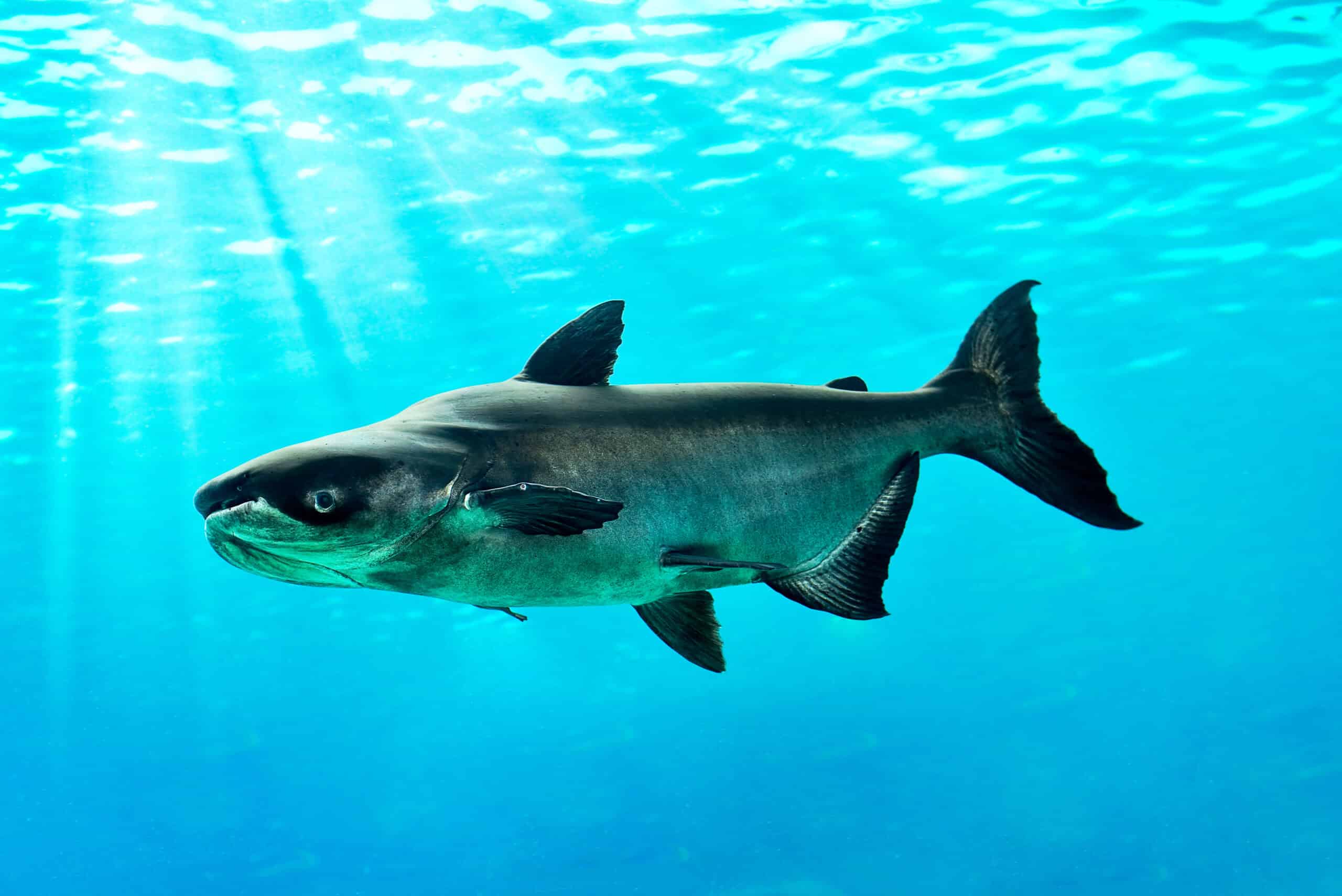
The Mekong Giant Catfish is one of the largest freshwater fish in the world, native to the Mekong River in Southeast Asia. It can grow up to three meters in length and weigh over 300 kilograms, making it a true giant. This species is primarily herbivorous, feeding on algae and aquatic plants. Despite its size, the catfish is a gentle giant, but it is critically endangered due to overfishing and habitat degradation. Conservation efforts are being made to protect this iconic species from extinction.
Goliath Tigerfish (Hydrocynus goliath)
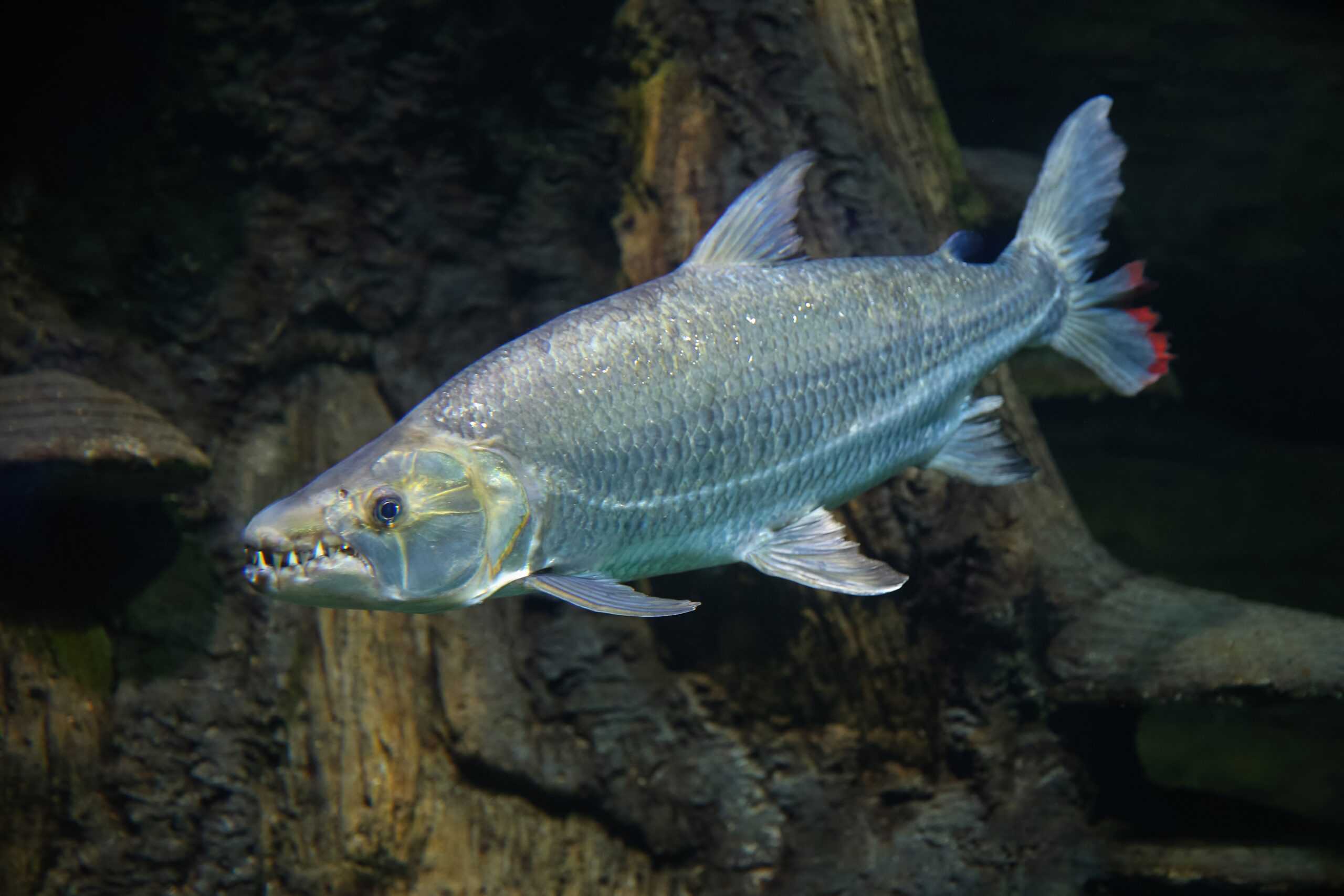
The Goliath Tigerfish is a fearsome predator found in the Congo River Basin. Known for its sharp, dagger-like teeth, it can grow up to 1.5 meters in length and weigh over 50 kilograms. This fish is a top predator in its habitat, using its powerful jaws and speed to hunt other fish. Its teeth are so large that they protrude even when its mouth is closed. The Goliath Tigerfish is a prized catch for anglers but is also feared for its aggressive nature.
This article originally appeared on Rarest.org.
More from Rarest.org
10 Beautifully Preserved Ancient Cities Buried Beneath the Earth

Ancient cities hold mysteries of civilizations long gone, hidden beneath the earth for centuries. Read More.
22 Rare Marine Species Found in the Deepest Ocean Trenches
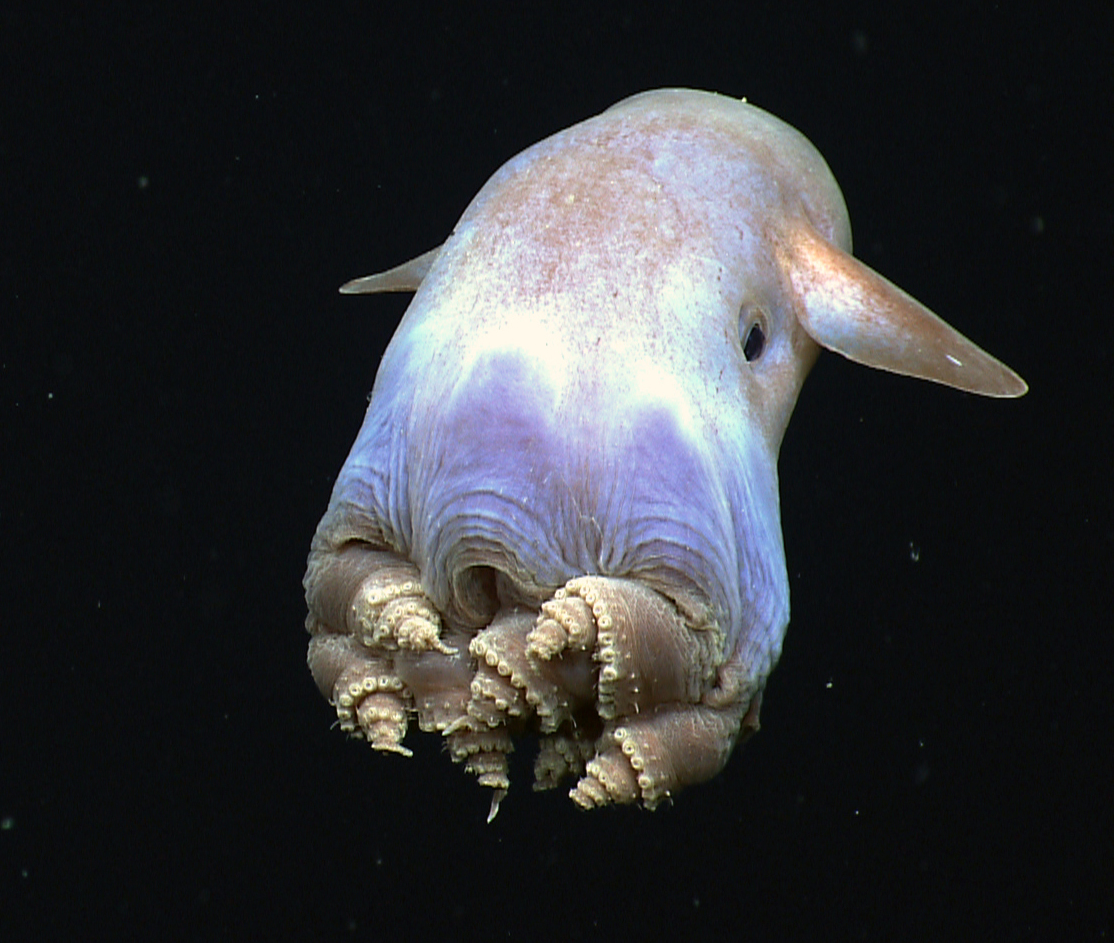
The deepest parts of the ocean are home to some of the most mysterious and fascinating creatures on Earth. Read More.
23 Endangered Reptiles Fighting for Survival in the Wild
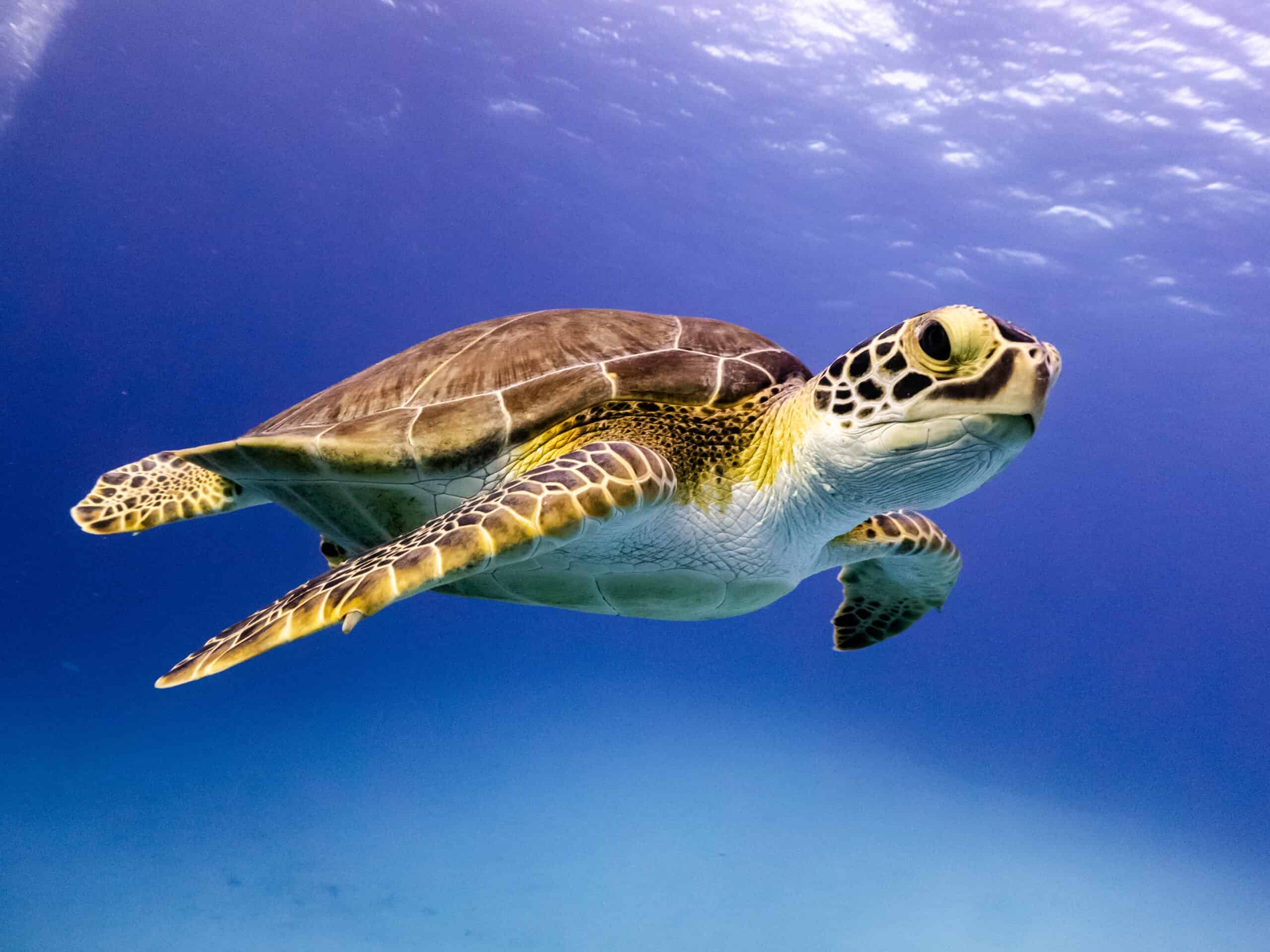
Reptiles across the globe are struggling to survive in their natural habitats. Due to habitat loss, poaching, and climate change, many species face the brink of extinction. Read More.
